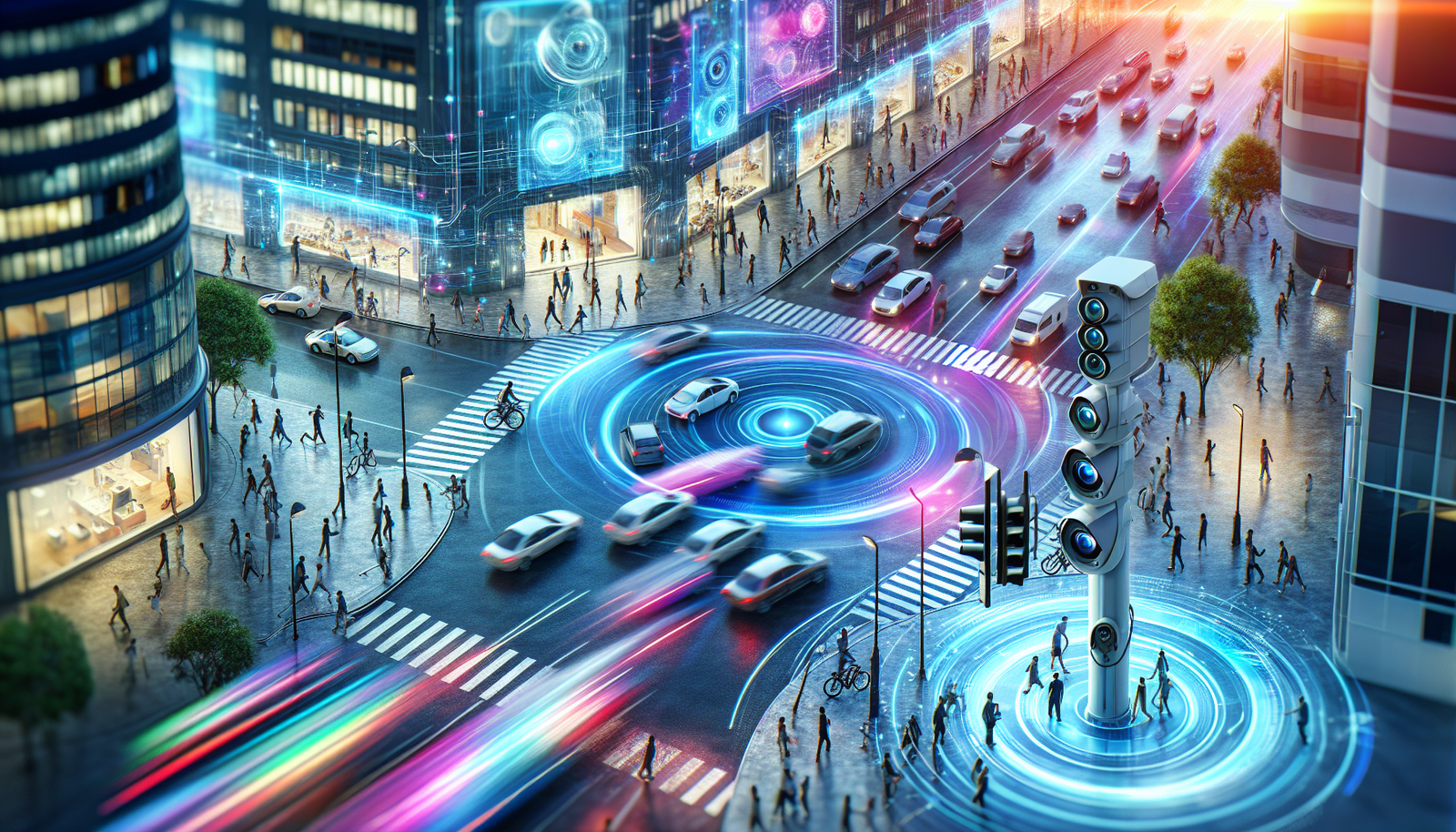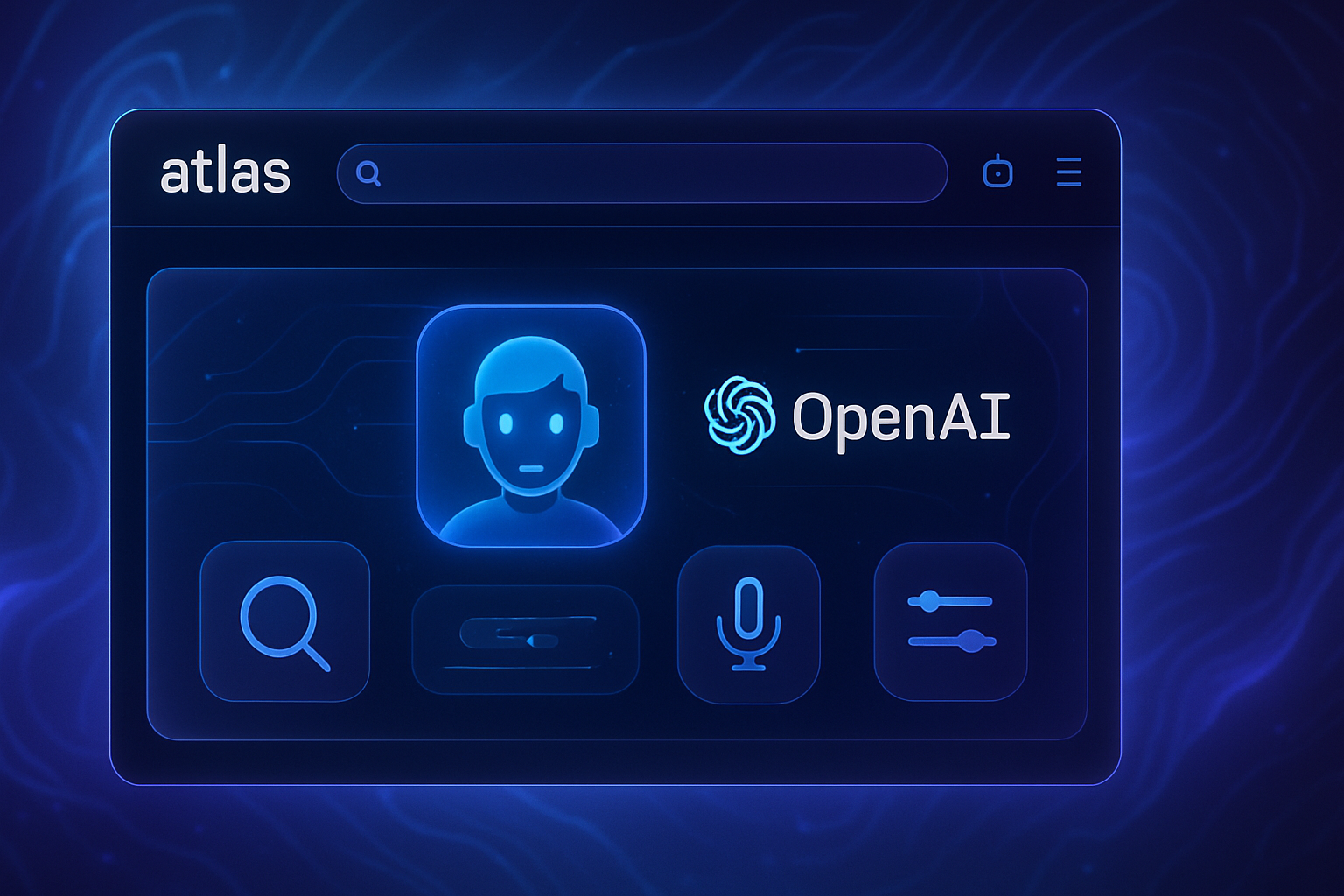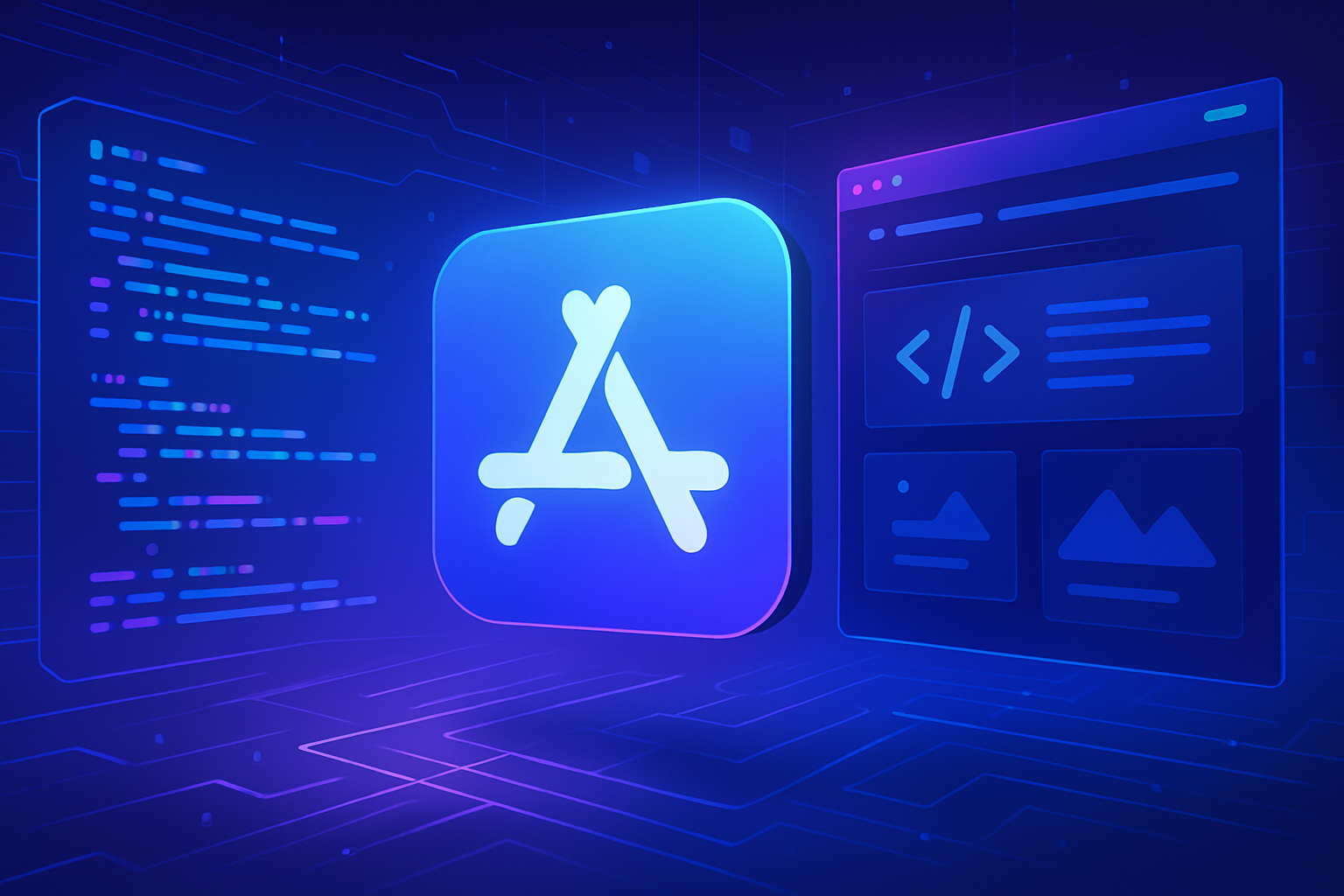Smart cameras are redefining traffic monitoring, combining efficiency and adaptability. These advanced devices enable dynamically managing traffic flows, thereby optimizing safety and fluidity. The ability to adapt in real-time to changes in traffic embodies the future of connected urban surveillance. Breaking away from the limitations of traditional installations becomes essential in countering the increasing complexity of modern transport networks. The integration of intelligent systems into infrastructure helps transform every street corner into a secure and measured space.
Effective management of urban traffic is a fundamental pillar in the development of smart cities. The rise of autonomous vehicles and connected transport systems makes the use of dynamic monitoring solutions imperative. These approaches ensure a smooth traffic flow, reduce accidents, and optimize the efficiency of resources allocated to traffic management.
Limitations of Traditional Surveillance Systems
Static camera setups, often seen in urban infrastructure, reveal weaknesses against rapid traffic changes. This lack of responsiveness leads to ineffective surveillance and inefficient use of resources. In response to this issue, new solutions are emerging to propose more agile monitoring systems.
Innovation: The Augmented Fluid Surveillance System
Researchers from Incheon National University, led by associate professor Hyunbum Kim, have developed an augmented fluid surveillance system. This device adapts in real-time to variations in traffic scenarios. The results of this research were published in the IEEE Internet of Things Journal.
This innovative system uses a grid of single-lens cameras arranged dynamically. The surveillance coverage intelligently adjusts: some cameras are activated or deactivated based on real-time traffic conditions. This method ensures flexible monitoring that is both effective and adaptable.
Intelligent Algorithms for Traffic Management
To formalize this approach, the study introduced the optimization problem of augmented fluid surveillance efficiency, referred to as MaxAugmentFluSurv. This problem aims to determine the optimal use of cameras to ensure maximum efficiency while covering all necessary areas.
The researchers proposed two notable algorithmic solutions. The first, called the Random-Value-Camera-Level Algorithm, creates a 3×3 grid where some cameras remain always active, thus ensuring a basic coverage. Other cameras alternate between activated and deactivated, depending on traffic levels. During peak traffic, more cameras are in service, while during off-peak times, their number decreases significantly.
The second approach, the ALL-Random-With-Weight Algorithm, is even more flexible. Each camera receives a specific function based on its position in the grid. Strategic cameras remain continuously operational, while others adjust their activity according to traffic fluctuations. This system ensures a balance between thorough surveillance and efficient energy usage.
Results and Future Applications
Extensive simulations have demonstrated the effectiveness of these two algorithms under varying conditions, such as fluctuating traffic levels. This intelligent system manages to decrease energy consumption during periods of low traffic while maintaining robust monitoring during peak hours.
Professor Kim emphasizes that this model optimizes camera utilization while saving energy. This technology represents a step towards intelligent and environmentally friendly traffic management.
Beyond traffic management, this adaptive system paves the way for other significant applications, such as crowd monitoring, crisis response, and industrial safety. Future work will aim to test these technologies in real-world environments and incorporate innovations such as deep learning to further improve their performance.
Smart cameras are revolutionizing how cities manage traffic. These technological advancements represent a decisive step towards building more sustainable and smarter cities.
For more information: Minsoo Kim et al., Augmented Fluid Surveillance Using Grid Sensing for Intelligent Transportation Service, IEEE Internet of Things Journal (2024). DOI: 10.1109/JIOT.2024.3419017
Citation: Smart cameras provide advanced traffic monitoring (2025, January 15) accessed on January 16, 2025 at Tech Xplore.
This document is subject to copyright. Except for fair use for personal study or research, no part may be reproduced without written permission. The content is provided for informational purposes only.
Frequently Asked Questions about Smart Cameras for Adaptive Traffic Surveillance
What is the main function of smart cameras in traffic surveillance?
Smart cameras allow real-time monitoring of traffic conditions, identifying driver behaviors, and managing vehicle flows to enhance road safety.
How do smart cameras adapt to traffic changes?
They use advanced algorithms to adjust their surveillance coverage based on traffic conditions, automatically activating or deactivating cameras according to observed traffic volume.
What technologies are used by these cameras to optimize monitoring?
Smart cameras often incorporate technologies such as machine learning, image analysis, and sensor networks to process data in real-time and provide accurate traffic information.
Can cameras help reduce road accidents?
Yes, by analyzing driving behaviors and detecting hazardous situations, smart cameras can alert authorities and drivers, thus helping to prevent accidents.
Do smart camera systems require a lot of energy resources?
No, thanks to optimized energy management algorithms, these systems can reduce their consumption by activating only the necessary cameras based on traffic intensity.
What is the environmental impact of traffic surveillance cameras?
By being more efficient in their energy use and contributing to smoother traffic management, these cameras can help reduce greenhouse gas emissions associated with congestion.
How can these smart cameras be integrated into smart cities?
They can be connected to other urban management systems, such as traffic lights and public transport platforms, to create an interconnected network that enhances the efficiency of infrastructure.
What type of data do smart cameras collect?
They collect data on traffic volume, vehicle speeds, driver behaviors, and sometimes demographic information related to pedestrian movement.
Can cameras be used for other applications beyond traffic management?
Yes, these cameras can also be used for crowd monitoring, industrial security, and emergency management, offering remarkable versatility.
How can citizens benefit from the implementation of these camera systems?
Citizens can benefit from improved road safety, reduced travel times, and enhanced urban quality of life through smoother and more organized traffic flow.






